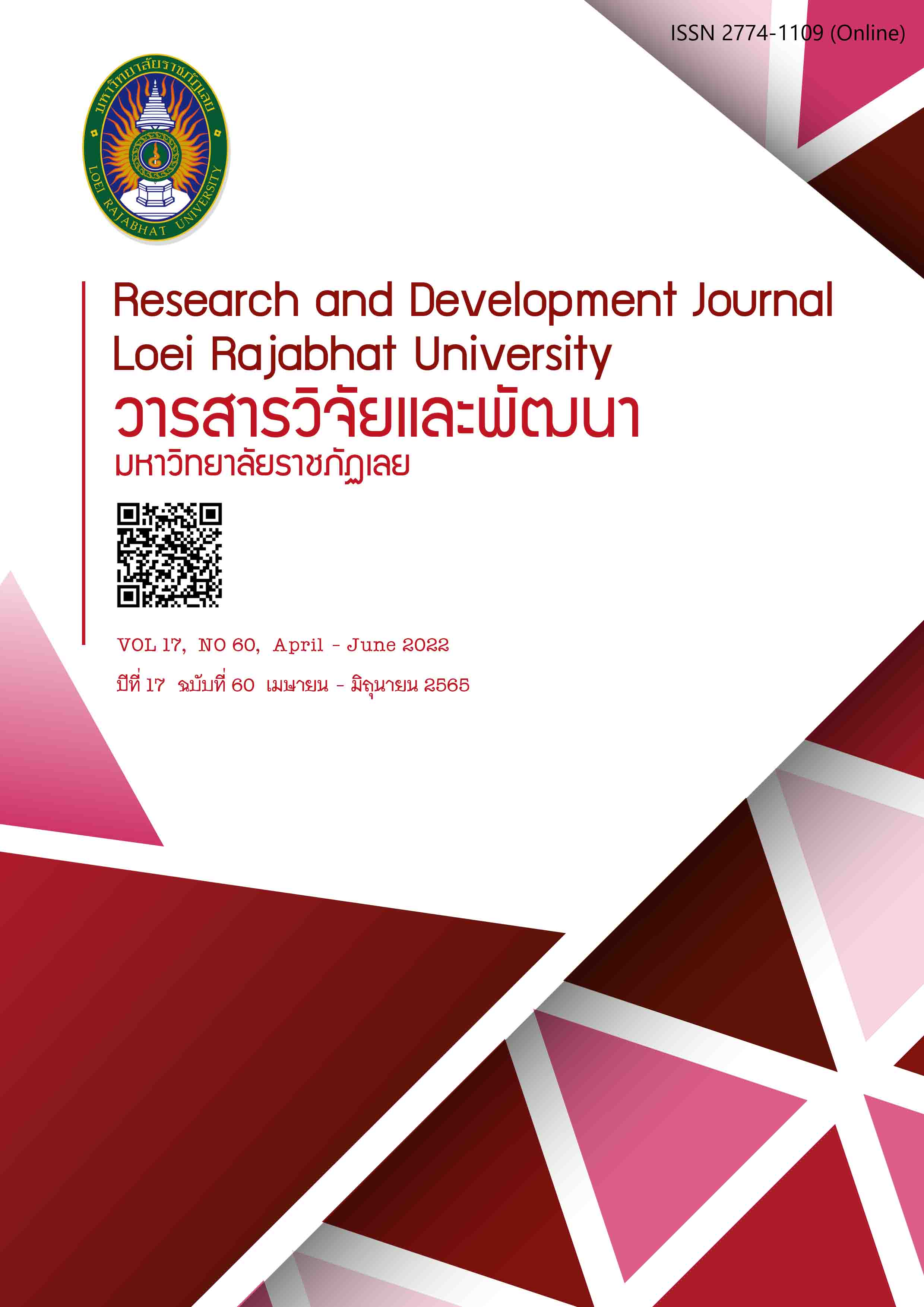Factors Influencing Electronic Commerce Entrepreneur’s Intention to Engagement in Parcel Delivery in Thailand
Keywords:
perceived usefulness, perceived ease of use, perceived social influence, perceived enjoymentAbstract
The aim of this research was to investigate the factors influencing intention to participation in the service of parcel delivery business of e-commerce entrepreneur in Thailand. The participants were the people who follow channels in online social media. There were 384 peoples in this survey through an online approach. The responses were analyzed by statistical program to find the effects. The results showed that the relationship of the perceived usefulness, perceived ease of use, perceived social influence and perceived enjoyment factors that influences the intention to participation in the service of parcel delivery business of e-commerce entrepreneur in Thailand at 0.5 significance level. The perceived ease of use factor that influenced the intention of participating in the parcel delivery business of e-commerce entrepreneur in Thailand was the highest with a regression coefficient of 0.244. The perceived usefulness factor had a regression coefficient of 0.225. In addition, the perceived social influence factor had a regression coefficient of 0.198 and the perceived enjoyment factor had a regression coefficient of 0.147, respectively.
References
ปฐมาพร เนตินันทน์. (2559). ความสัมพันธ์ระหว่างลักษณะระดับการเปิดรับข้อมูลข่าวสารผ่านสื่อออนไลน์กับพฤติกรรมการ บริโภคและการแสดงออกพฤติกรรมการบริโภคของตนเองด้วยการแบ่งปันข้อมูลการซื้อใช้ผ่านสื่อออนไลน์ของกลุ่ม “Gen Y”. Modern Management Journal, 14(2), 145-158.
รัศมิ์ลภัส วรเดชธนันกุล. (2558). ความไว้วางใจการสื่อสารแบบปากต่อปากเชิงบวก และการรับรู้ถึงประโยชน์ที่มีผลต่อความตั้งใจ ซื้อแพ็กเกจทัวร์ผ่านเว็บไซต์ท่องเที่ยวของผู้บริโภคในจังหวัดระยอง. (วิทยานิพนธ์ปริญญามหาบัณฑิต). มหาวิทยาลัยเกษตรศาสตร์, กรุงเทพฯ.
สำนักงานพัฒนาธุรกรรมทางอิเล็กทรอนิกส์. (2562). อัตราการเติบโตและการคาดการณ์การใช้จ่ายผ่านอีคอมเมิร์ซในประเทศไทย. สืบค้นจาก https://www.etda.or.th/th/Useful-Resource/publications/Value-of-e-Commerce-Survey-in-Thailand-2019.aspx
สำนักงานเศรษฐกิจอุตสาหกรรม. (2563). รายงานภาวะอุตสาหกรรมรายปี ประจำปี 2563. สืบค้นจาก http://www.oie.go.th/assets/portals/1/fileups/2/files/Industry%20conditions/Q4-OctDec2562.pdf
Agrebi, S., & Jallais, J.. (2015). Explain the intention to use smartphones for mobile shopping. Journal of retailing and consumer services, 22(1), 16-23.
Amaro, S., & Duarte, P.. (2015). An integrative model of consumers' intentions to purchase travel online. Tourism management, (46), 64-79.
Davis, F. D.. (1989). Perceived usefulness, perceived ease of use, and user acceptance of information technology. MIS quarterly, 12(3), 319-340.
Dodds, W. B., Monroe, K. B., & Grewal, D.. (1991). Effects of price, brand, and store information on buyers’ product evaluations. Journal of marketing research, 28(3), 307-319.
Furnham, A., Gunter, B., & Walsh, D.. (1998). Effects of programme context on memory of humorous television commercials. Applied Cognitive Psychology, 12(6), 555-567.
Ghorban, Z. S.. (2012). Brand attitude, its antecedents and consequences, investigation into smartphone brands in Malaysia. Journal of Business and Management, 2(3), 31-35.
Kao, T. Y., Yang, M. H., Wu, J. T. B., & Cheng, Y. Y.. (2016). Co-creating value with consumers through social media. Journal of Services Marketing, 12(1), 35-44.
Kotler, S.. (2014). The rise of superman: Decoding the science of ultimate human performance. Houghton Mifflin Harcourt.
Likert, R. E. N. S.. (1972). Likert technique for attitude measurement, Social psychology: Experimentation theory research (pp. 132-153). Scranton, PA: Intext Educational Publishers.
Sallam, M. A., & Algammash, F. A.. (2016). The effect of attitude toward advertisement on attitude toward brand and purchase intention. International Journal of Economics, Commerce and Management, 4(2), 509-520.
Yamane, T. (1967). Statistics, An Introductory Analysis (pp. 232-243). New York: Harper and Row Publishers.
Yang, B., Fu, X., Sidiropoulos, N. D., & Hong, M.. (2017). Towards k-means-friendly spaces: Simultaneous deep learning and clustering. international conference on machine learning, 3(5), 3861-3870.
Venkatesh, V.. (2000). Determinants of perceived ease of use: Integrating control, intrinsic motivation, and emotion into the technology acceptance model. Information systems research, 11(4), 342-365.
Downloads
Published
How to Cite
Issue
Section
License
Copyright (c) 2022 Research and Development Journal, Loei Rajabhat University

This work is licensed under a Creative Commons Attribution-NonCommercial-NoDerivatives 4.0 International License.
ข้อความที่ปรากฎในวารสารฉบับนี้เป็นความคิดเห็นของผู้เขียนแต่ละท่าน สถาบันวิจัยและพัฒนา มหาวิทยาลัยราชภัฏเลย และกองบรรณาธิการ ไม่จำเป็นต้องเห็นด้วยและไม่มีส่วนรับผิดชอบใดๆ
สถาบันวิจัยและพัฒนา มหาวิทยาลัยราชภัฏเลย ขอให้ผู้อ่านอ้างอิงในกรณีที่ท่านคัดลอกเนื้อหาบทความในวารสารฉบับนี้



